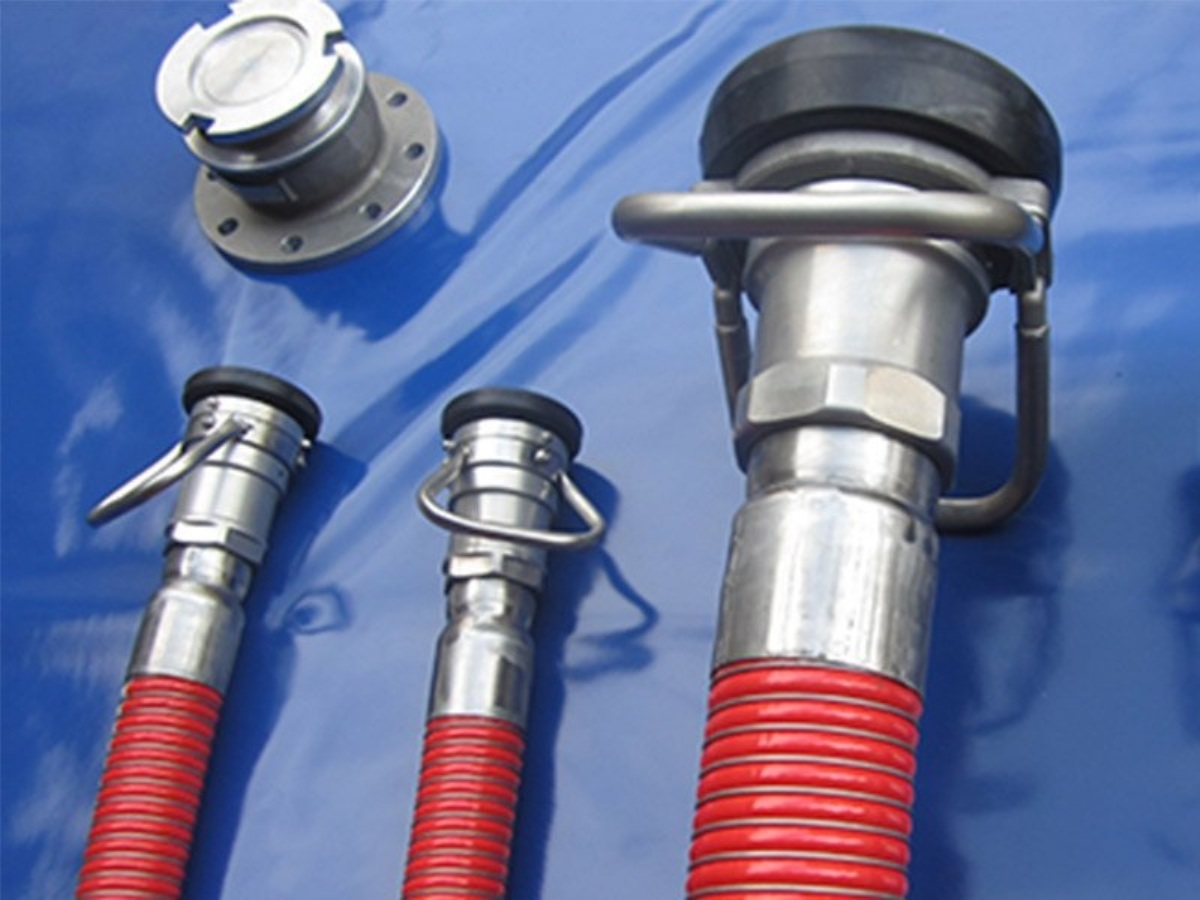
The global market for rheumatoid arthritis treatments is expected to grow at a CAGR of...
Learn More
Our consulting solutions address company specific challenges with respect to micro environment...
Learn More
Organizations frequently need day-today research guidancein order to gain strategic...
Learn More
Exploring different areas of market research and market analysis is a key factor...
Learn MoreAcute Market Reports presents the most extensive global business research services across industries. Our research studies focus on potential outcomes, benefits, and risks associated with each market segment across geographies. Having served our global clients for more than 10 years, our prime priority is to enable our clients in making well-informed business decisions through a data-driven, analytical, and uncomplicated research approach.
We provide access to the world's most comprehensive, analytical, and updated business intelligence services and solutions.




The aircraft refueling hose market is expected to grow at a CAGR of 4.7% during the forecast period of 2025 to 2033. Aircraft refueling hose market involves the production and distribution of specialized hoses used for fueling various types of aircra...
Read More
The delimiting agent market plays a crucial role in the leather and textile industries, where the removal of lime and unwanted impurities is essential for the production of high-quality products. The delimiting agent market is expected to grow at a C...
Read More
The global market for point-of-care molecular diagnostics is anticipated to expand at a CAGR of 8.5% during the forecast period of 2025 and 2033. The rise of the point-of-care molecular diagnostics market is primarily driven by the increasing prevale...
Read More




